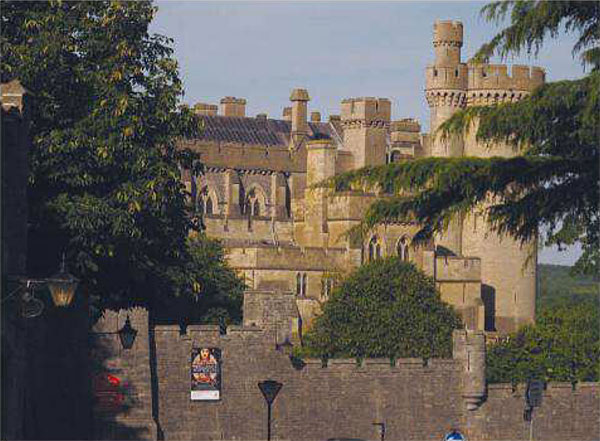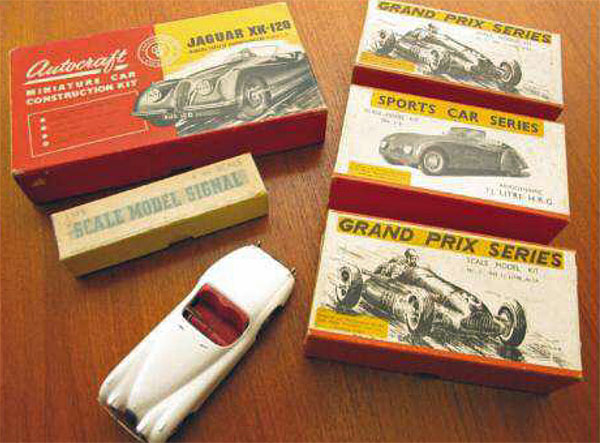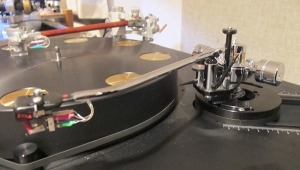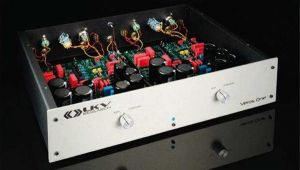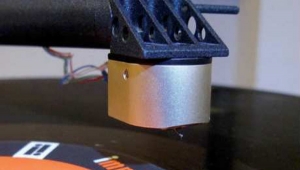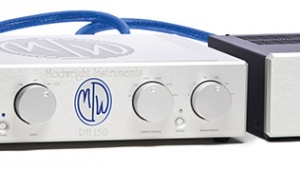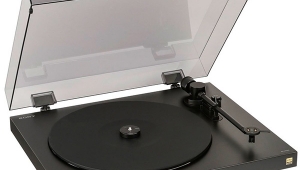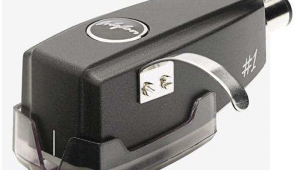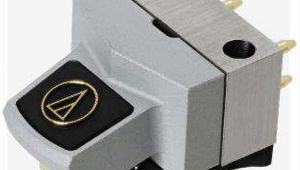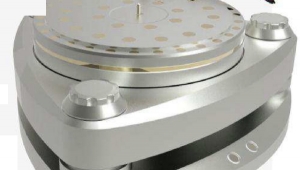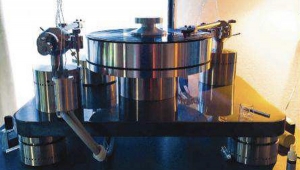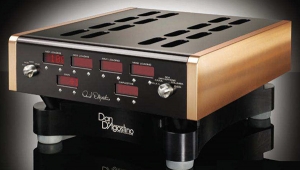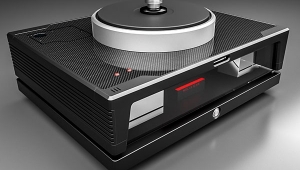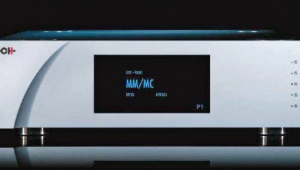| Columns Retired Columns & Blogs |
So glad you enjoyed your trip to our beautiful county, fellow Mikey ! I’m lucky enough to live in a bit of a hifi hotspot. Whilst much manufacturing goes on overseas, we still have SME, B&W, Harbeth, Spendor, Exposure and Bespoke with HQ”s here (I’ve forgotten another speaker maker I think) in what is still a proper rural area. You could make a half decent system from that.
Incidentally, the lack of lifts (sorry, elevators) in creaky-staired, charming historic buildings really is a regular complaint from our ever-welcome US visitors. No, I’m not making this up.
